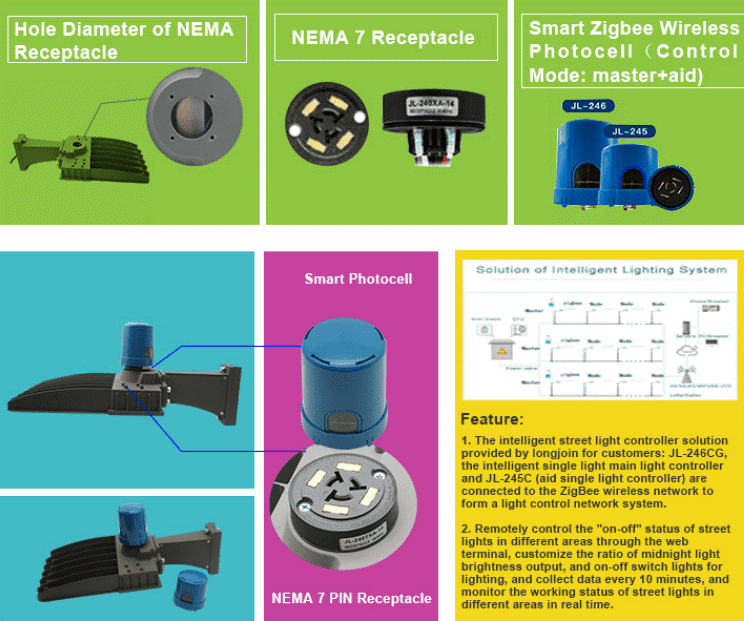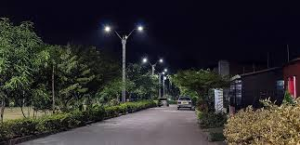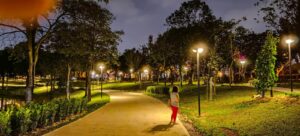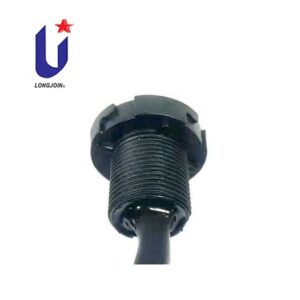How to Test If a Photocell is Bad?
Photocells, also known as dusk to dawn cells or photoresistors are used in several electronic devices that operate by detecting light level. One of their most common uses is in outdoor light fixtures. They help detect the ambient light and accordingly automate the lighting function, turning the lights on at dusk, and off at dawn.
Although the technological advancement has made it possible to introduce photocells with unprecedented efficiency and functionality, over time, photocells may experience problems due to several factors. Especially, the outdoor photocells are at a higher risk of being affected by environmental challenges. Besides, going for uncertified, low quality photocells can be another reason for malfunctioning of photocells.
You can adopt a few useful testing procedures to detect if a photocontrol light switch is bad, and adopt troubleshooting measures accordingly. Let’s see what measures can be taken to test if a photocell is the culprit of malfunctioning lights.
Basic Physical Examination
One of the basic tests you can perform to test a photocell is to place your hand over a photocell and block the light. If you hear a click, it means the photocontrol sensor is working properly> if you don’t hear it, a faulty photocell is the culprit.
The first step towards troubleshooting involves checking for a malfunctioning component in the system. Carefully checking the photocell will help you find out if it is damaged in any way or decolorized. Besides, a loose connection is among one of the common reasons affecting a photocell’s functionality. Such causes call for either the replacement of damaged components or securing a tight connection to bring the photocell back to the utmost performance.
Using A Multimeter to Check Voltage
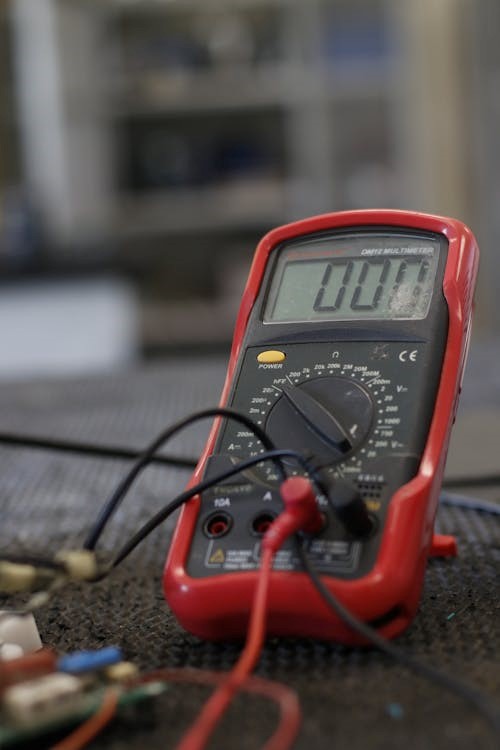
This is another effective way to tell if the photocell is working fine. It can be done in two ways:
- The multimeter can be used to measure voltage.
- It can also be used to measure resistance.
Attach your photocell to a basic circuit including a power supply and a resistor. Change the light intensity incident on the photocell and as you alter it, keep measuring the voltage with a multimeter. If the voltage changes with the light intensity, it means the photocell is working fine.
Alternatively, you can also use the multimeter to check the resistance. To do so, first use the multimeter when the photocell is disconnected from a circuit. Test its resistance in ohms. This should be done when the photocell is not receiving light. Now expose it to light slowly, while measuring the resistance with multimeter. If the resistance decreases as the light increases, the photocell is functioning properly.
Examining Response Time
Delayed response to light exposure is among common problems faced by photocell users. To check whether your photocell has this problem, expose the photocell o intense light and then randomly cover it to stop the incident light at once. Check whether the photocell quickly changes its resistance in response to the change in light. If it doesn’t, the problem lies with the photocell’s response time.
Experiment with Temperature Alteration
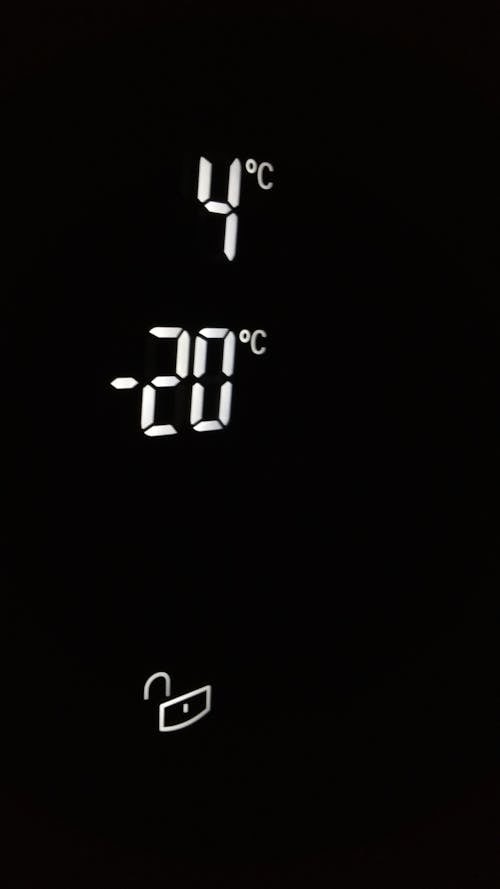
Temperature variation is a decisive factor that may affect the resistance of photocells along with light. To check whether the photocell is correctly responding to temperature variations, expose the photocells to varying temperatures. However, make sure you stay within the range mentioned by the manufacturer. If the photocell exhibits a stable and consistent performance with changing temperature, it means the photocell is functioning well.
Checking the Base Resistance
The base resistance also called the dark resistance of a photocontrol cell is the resistance measured when it is disconnected from a circuit and is in complete darkness. It is usually measured already by the manufacturer and mentioned in the manual. Check the baseline resistance again by removing the photocell from the circuit and putting it in complete darkness. If the measured dark resistance is different from that mentioned by the manufacturer, the photocell is faulty.
Comparing with other Photocell
If possible, comparing the performance of a photocell with another one of the same type can help verify if the problem lies with your photocell. Make sure you make the comparison between the same type of photocells with the same calibration settings. This can help indicate the problem area effectively.
Conclusion
Testing a photocell is crucial for ensuring its proper functionality in electronic circuits and devices. This is especially true for the outdoor photocells as they have to bear the environmental challenges like moisture, temperature change, pollutants, etc. By employing the methods and techniques outlined in this guide, you can effectively assess whether a photocell is functioning correctly or if it requires replacement. Regular testing and maintenance of photocells can enhance the reliability and performance of electronic systems that rely on light detection or measurement. Using a few simple techniques can not only help you verify if the photocell is the culprit but also help in troubleshooting the problem once detected.

